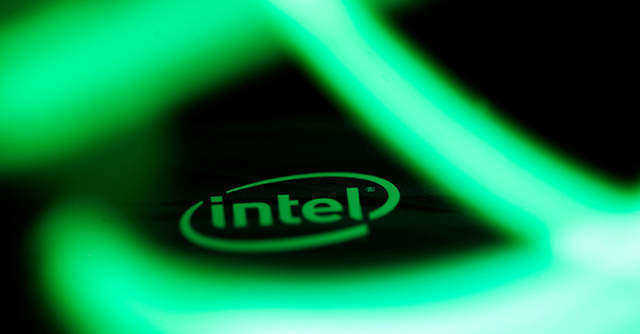
Intel launches Loihi 2 chip, software to aid research for mimicking human brain


Chip-maker Intel on Thursday released its second-generation neuromorphic research chip, Loihi 2.
Neuromorphic chips are electronics used in neuromorphic engineering, which is concerned with mimicking the human brain.
On the software side, Intel launched an open-source platform, Lava, for developing neuro-inspired applications.

“Our second-generation chip greatly improves the speed, programmability, and capacity of neuromorphic processing, broadening its usages in power and latency constrained intelligent computing applications,” said Mike Davies, director of Intel’s Neuromorphic Computing Lab.
The first generation Loihi chip was introduced in 2017 and consisted of close to 1.28 lakh digital neurons (the human brain consists of 86 billion neurons). The current chip has close to 1 million neurons, with 10 times more processing capability, Intel claimed. The chip has been developed by Intel’s technology Development Group and is fabricated with a pre-production version of the Intel 4 processor. The layout design innovation, Intel said, was accelerated owing to extreme ultraviolet lithography, a circuit exposure technology in chip making.
Meanwhile, Lava will consist of fully programmable neuron models with graded spikes (or signals), with advanced adaptation capabilities. The goal of the chips is to help scientists with research capabilities closer to human cognition. Intel said that the software addresses the need for a common software framework in the neuromorphic research space.

Lava, Intel said, will run seamlessly on heterogeneous architectures across conventional and neuromorphic processors, allowing for cross-platform execution and interoperability with other AI and robotic frameworks. The chip giant added that developers will be able to build neuromorphic applications without specialised hardware, hence contributing to the Lava code base.
“This research has shown some exciting equivalences between spiking neural networks and quantum annealing approaches for solving hard optimization problems,” said Dr. Gerd J. Kunde, staff scientist, Los Alamos National Laboratory, who has been utilising the chips in the organisation’s research.
